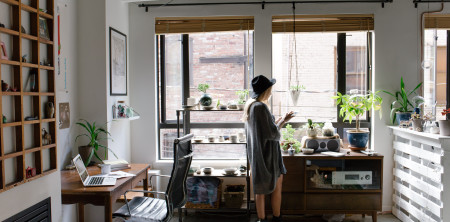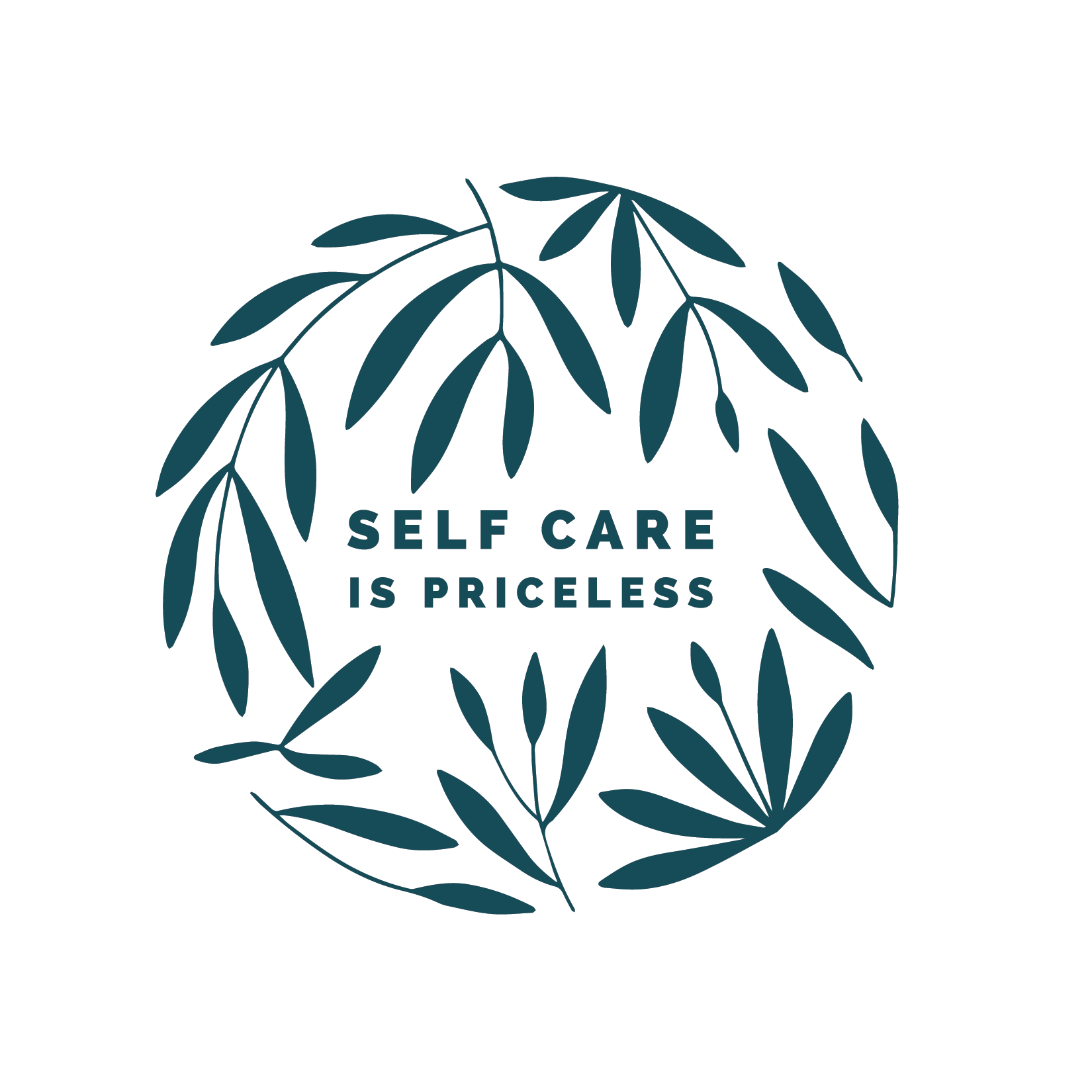
As humans, our physiology is highly responsive to potential threats to our safety. It’s a survival mechanism that’s allowed us to evolve as a species. This responsive system means that when we detect a threat in our environment many changes occur in our body that prime us to respond quickly so that we can avoid danger and death. These changes indicate an activation of our sympathetic nervous system and they include racing heart, sweating and changes in our breathing. This system is all encompassing because survival takes precedence over anything else. When we are in survival mode we are unable to put our energy into growth, connection and restoration. We are completely overtaken by the search for safety. Humans need to feel safe in order to thrive. This may seem like a very basic concept but it’s often overlooked in our relationships, our primary institutions, and even when examining our own motivations. At times we may work in an environment where we don’t feel safe or we may be friends with people with whom we don’t feel at ease, or even have contact with family where our safety has been compromised. We may have to access personnel (such as doctors, police officers, teachers) that put us in a heightened state of arousal because they are trained to be evaluative and reprimanding at times. This doesn’t leave us in an optimal position to thrive. We may need to work on restoring a sense of safety in our body.
A person’s behaviour is highly dependant on the state of their nervous system. If they are constantly dis-regulated and feeling unsafe they may also feel anxious, depressed, aggressive, frightened and unable to attune and attach. When we look at it through this lens we realize that creating safety in all our relationships and in our bodies, becomes of paramount importance to our wellbeing, our relationships and our health.
Our bodies are very wise and they are constantly providing us with important information. We can be quick to ignore it or brush it off. As children, we had very little control over the safety of our environment and those in it. We may have learned that shutting down and pushing through was the only way to survive. It is actually remarkable that we are capable of doing what is necessary to survive. Yet many of these adaptations are no longer adaptive when we are adults. Thankfully it is possible to create shifts so that we can reclaim safety in our bodies and our lives.
No matter what you are struggling with, remember that your body is a wise resource and you can trust what it is telling you.
_
Written By: Andrea Papin
Registered Professional Counsellor






